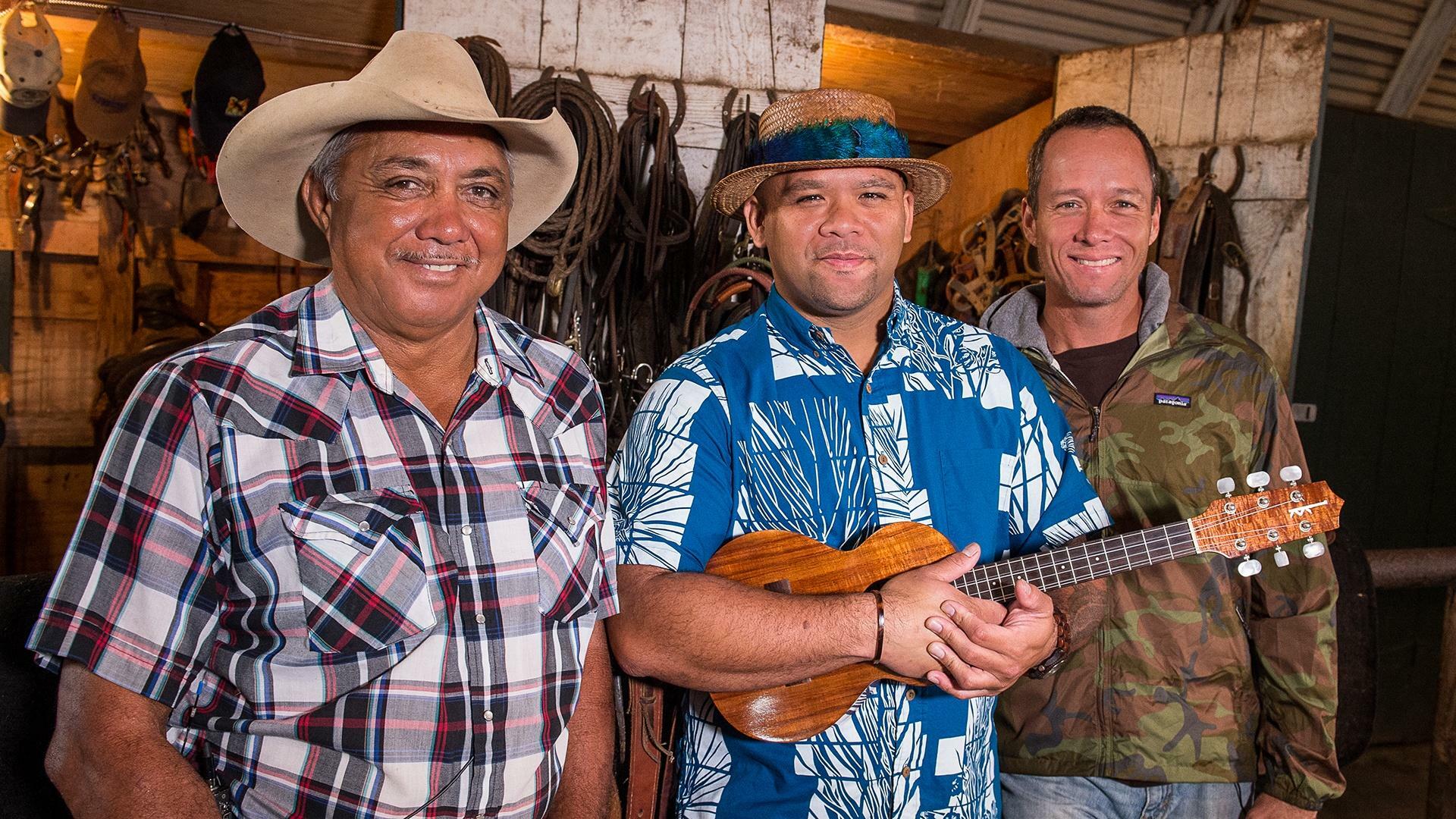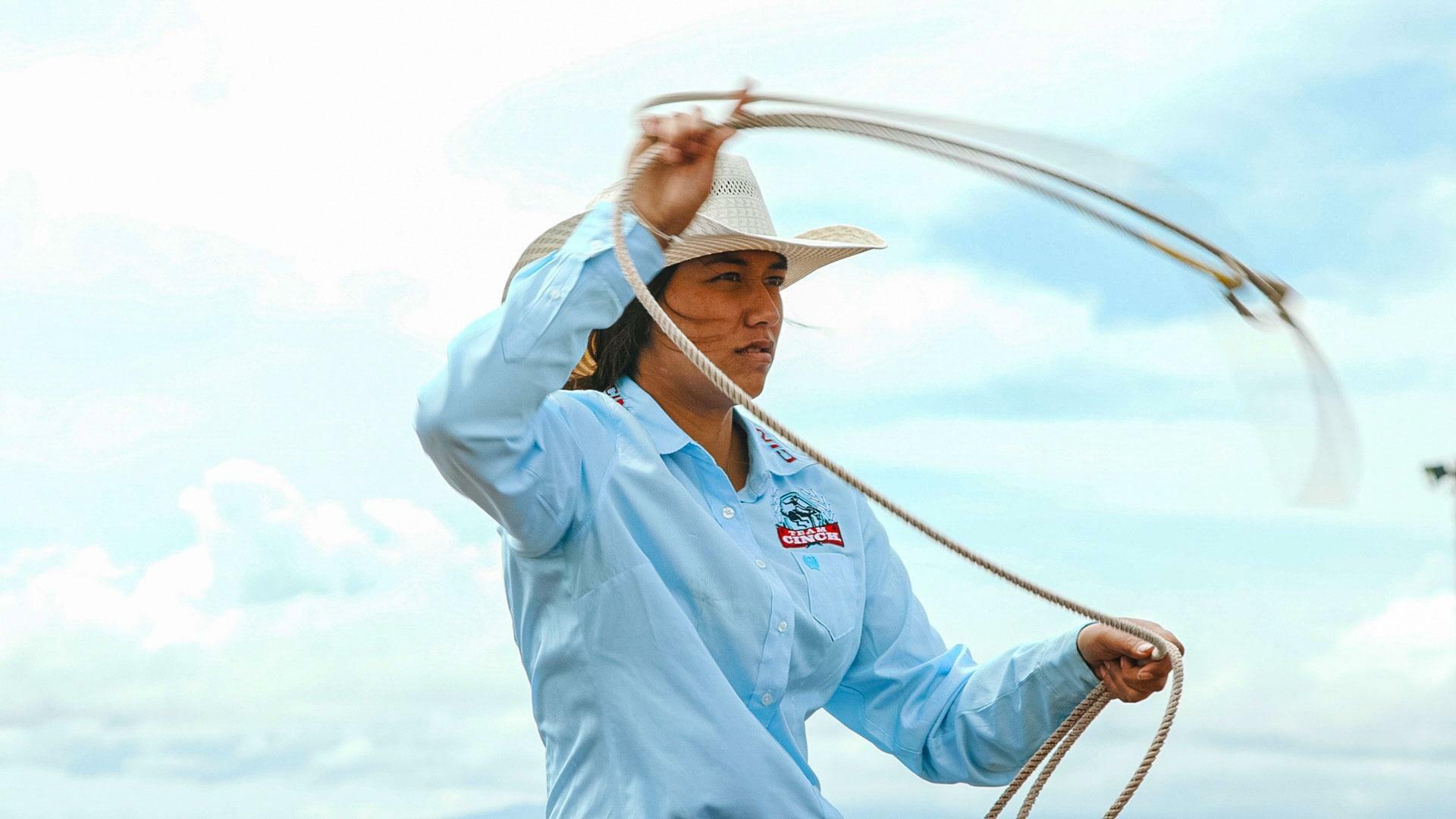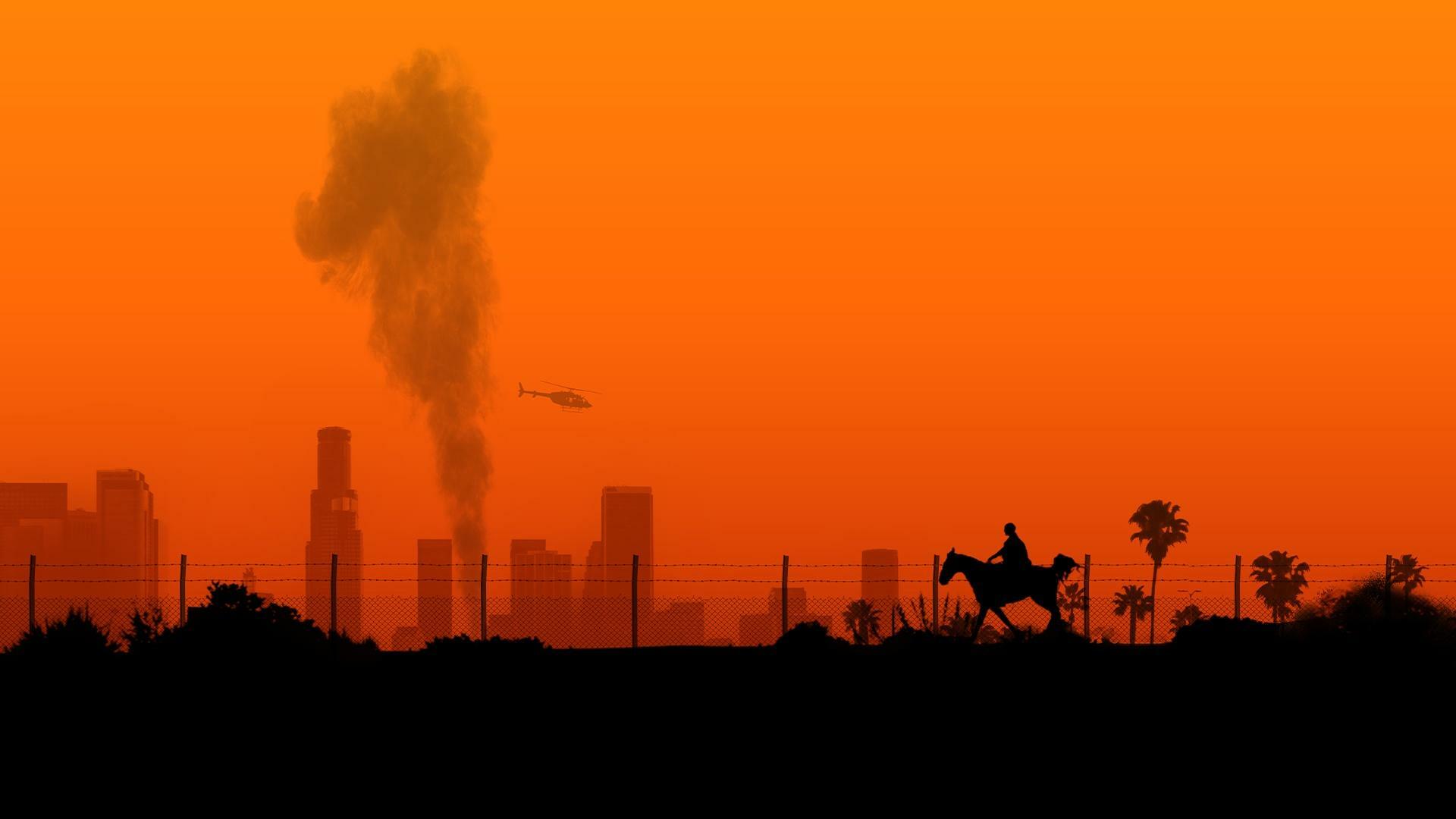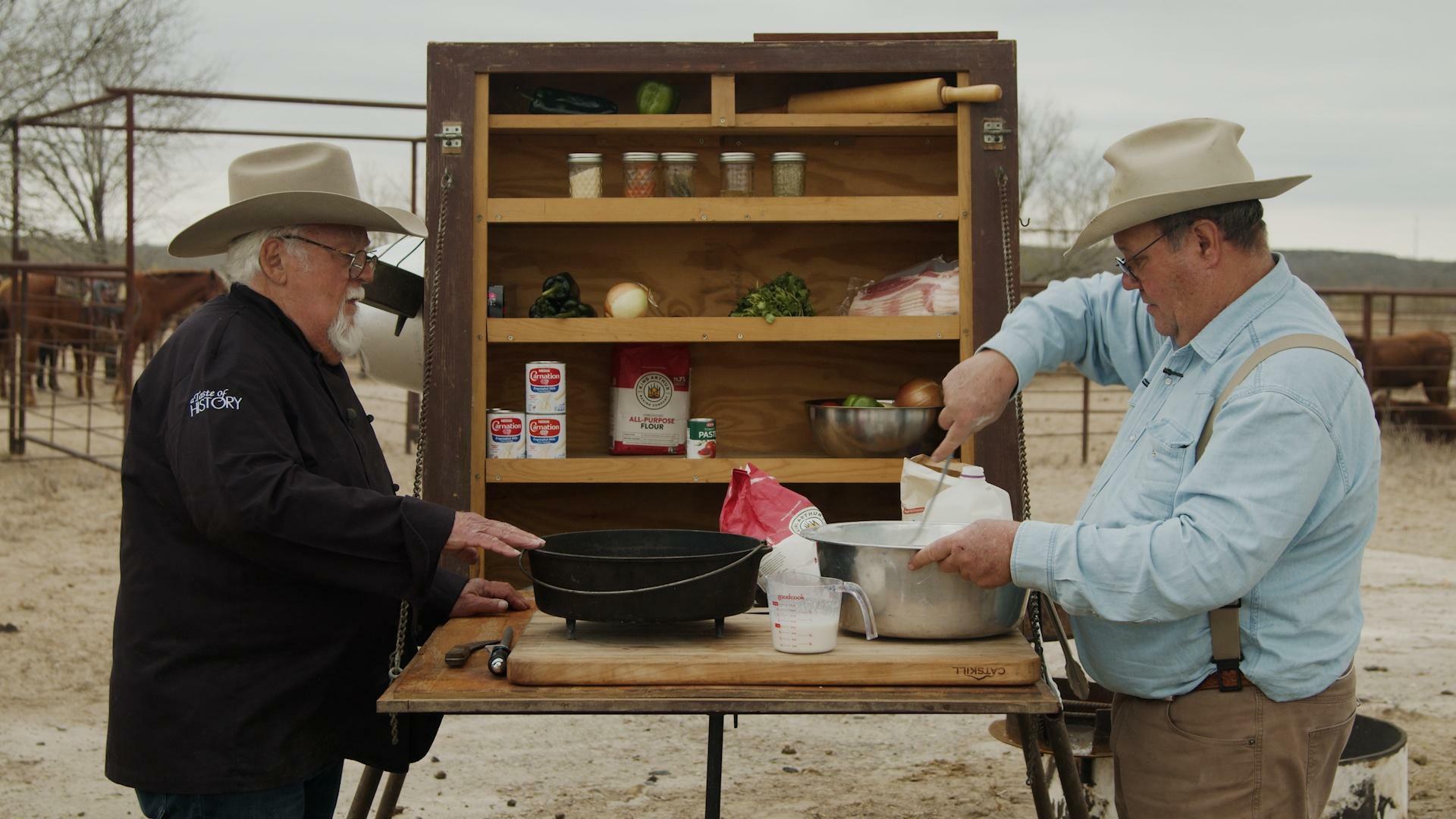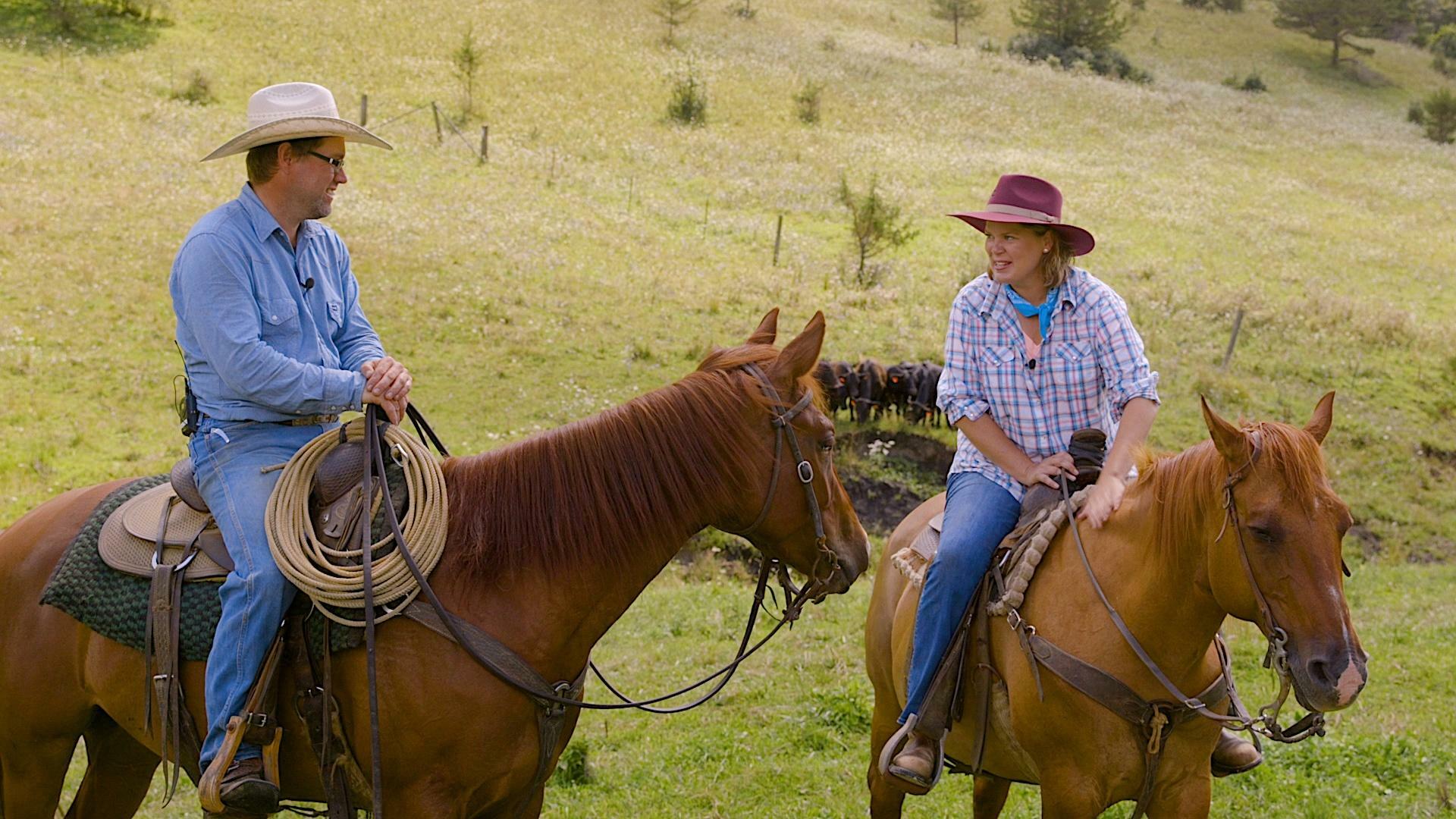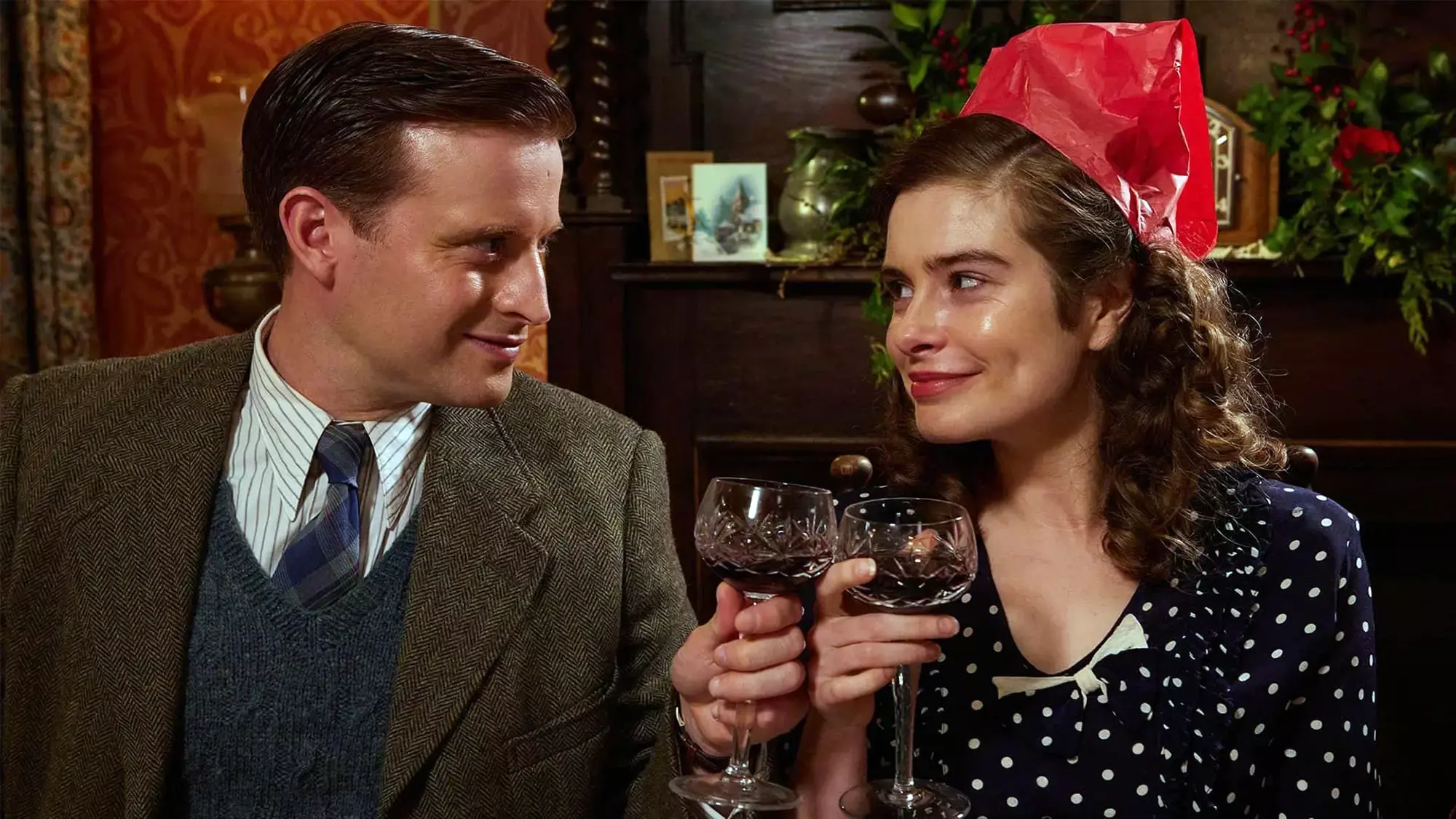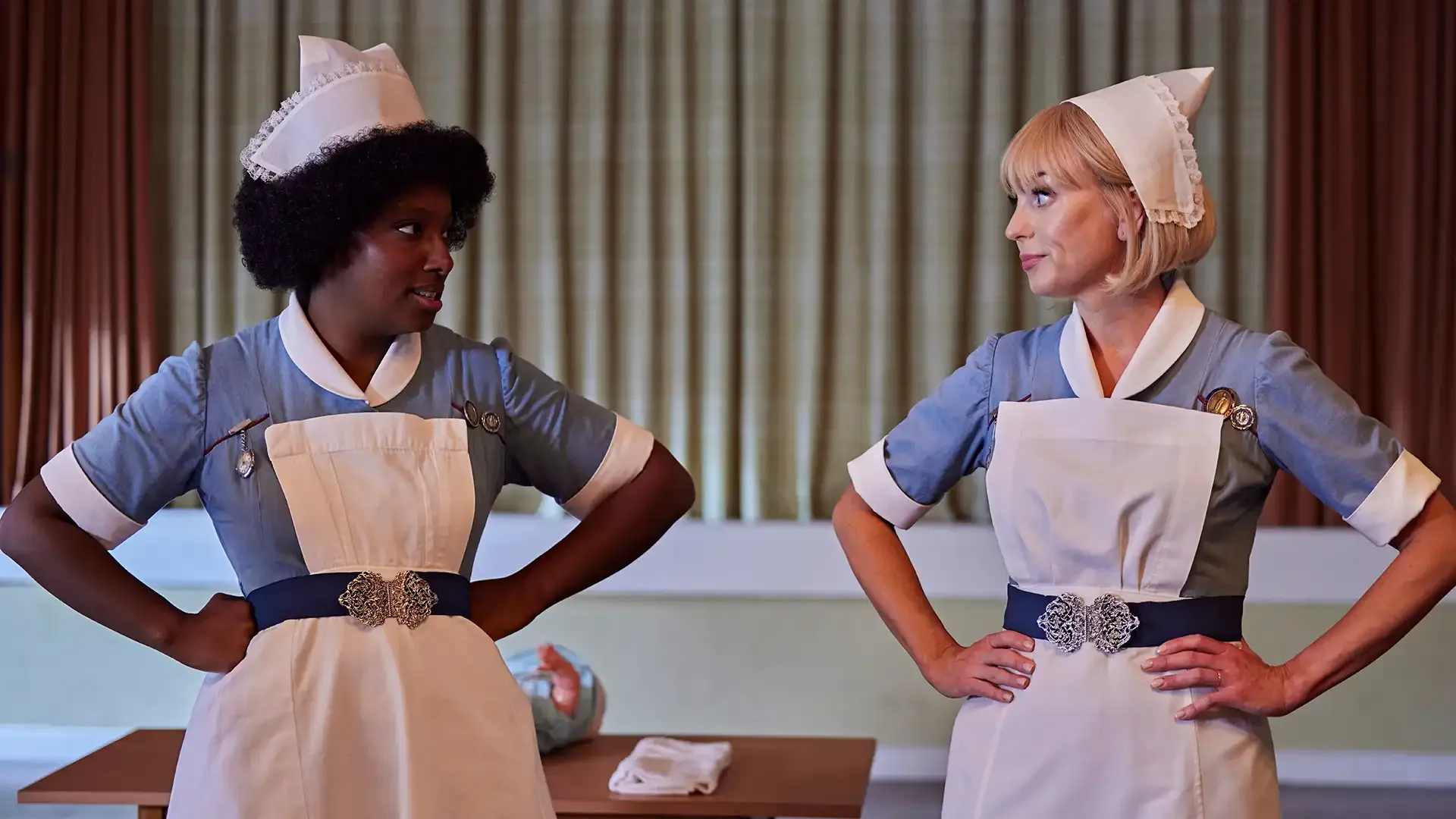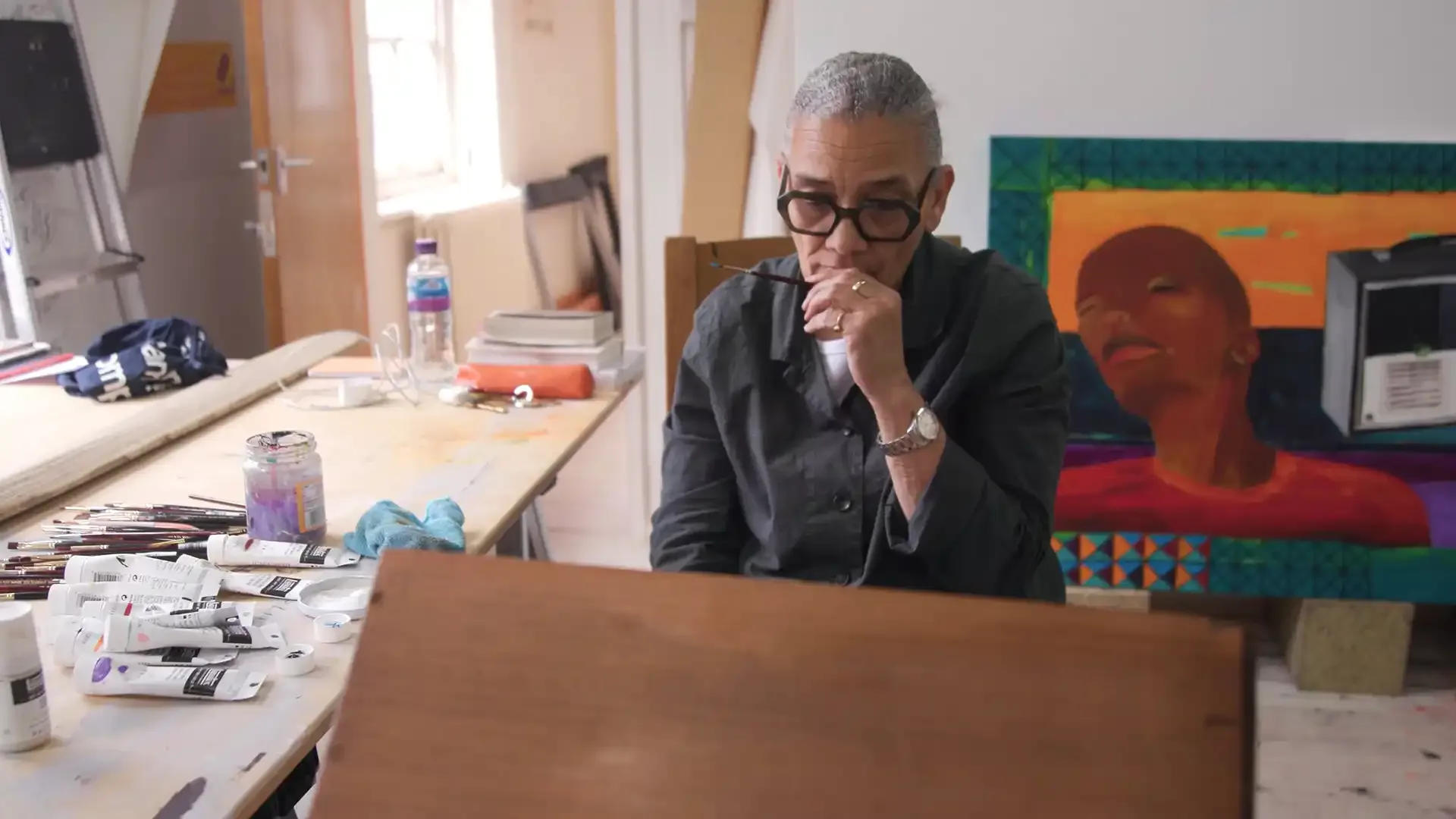Cowboy Documentaries: Learn History and Facts About an American Icon
Welcome to all the cowboy history you didn't know you needed. In this selection of documentaries, you can learn more about the iconic American cowboy: from its roots in Mexico, to Hollywood's hand in perpetuating cowboy myths, to present-day cowboys and cowgirls, to what's on the menu at the chuck wagon.
The history of the American cowboy starts in Mexico
What we know as cowboy style and culture is mostly what settlers in the present-day western United States learned and adopted from the vaqueros. Who were the vaqueros? They were mostly Indigenous and Mexican horse-riding cattle handlers who tended to the cattle introduced to the Americas by Spanish settlers in the 1500s.
Their rope skills and horsemanship were legendary. So much so that these vaqueros were sent to Hawai'i in the early 1800s to teach locals how to tend to their cattle and horses. And the vaqueros were recruited by settlers in the western United States to manage their ranches. They taught others how to ride, rope, manage the steers, and move the herds. There are words in the cowboy vernacular that come from a mispronunciation of Spanish words, the way "buckaroo" was what "vaquero" sounded like to an English-speaking ear.
Of course we can't forget the fashion. Vaqueros influenced cowboy workwear as they taught settlers how to do the difficult and often dangerous job. The signature cowboy hat's wide brim provided protection from the unforgiving sun or cover from the rain during long cattle drives. The word "chaps" has its origins in Spanish: it is short for "chaparreras" which is Spanish for leather leggings. Most outfits and skills you see at a rodeo might just have their origins in 1500s Mexico. Yes, even the word "rodeo" is rooted in the Spanish word "rodear," which means to surround.
The Cowboy from Iconic America
Who are the paniolo? Cowboys and cowgirls of Hawai'i
Let's start at the beginning. Large land mammals were not native to ancient Hawai'i. In 1793 Captain James Vancouver gifted King Kamehameha I with six cows and a bull. This gift altered the Hawaiian ecosystem and its history.
The wild herd grew quickly after their arrival, until their capture was permitted in 1812. This was the beginning of Hawaiian cattle ranching. The industry grew under the reign of Kamehameha's son Liholiho (Kamehameha II) and Liholiho's son Kauikeaouli (Kamehameha III) invited Mexican cowboys to Hawai'i to teach locals their cattle ranching skills. The vaqueros taught Hawaiians everything they knew about cattle including how to work with horses, which arrived in the islands in 1803. From then on, Hawaiians added their own unique spin on the cowboy culture and cattle ranching. These Hawaiian cowboys were (and are still) called "paniolo," a Hawaiianized version of the word "español."
Here are two programs you can watch that explore Hawai'i's cowboy culture. One looks at the history of Hawai'i's cowboys through food (Family Ingredients episode titled Pipi Kaula) and another shares stories of women who are leading the way for the next generation's paniolo culture (Pacific Heartbeat episode titled Island Cowgirls.)
Black Cowboys on the Silver Screen
Take a minute and picture the cowboy. He’s got on his hat and boots, maybe a gun on each hip, and, of course, his well-worn blue jeans.
Why? Learn more about the truth behind early cinema's cowboy characters in this clip from American Experience's Riveted: The History of Jeans.
Support your local PBS station in our mission to inspire, enrich, and educate.
How is the Gay Rodeo Different?
From the series Subcultured:
Host Josef Lorenzo talks to Cowboy Frank about the origins of the gay rodeo and how it was formed out of necessity. Today the gay rodeo's challenge is bringing young folks into the rodeo. Josef talks to all-star cowboy Greg Begay about the fierce competition at the gay rodeo. Lastly, Jade Fauver shares her experience as a young woman in the rodeo and her aspirations for the gay rodeo's future.
Add Subcultured Your WatchListThe Palouse Cowboy Who Invented John Wayne
From Mossback's Northwest, KCTS 9
Let's be clear: John Wayne was not born a cowboy. He just played one in a whole lot of Hollywood Western movies. He wasn't even born with that name, his birth name was Marion Robert Morrison. But who taught John Wayne how to act like a cowboy? Yakima Canutt.
A rodeo champion from Palouse, WA, became a Hollywood stuntman just as "action Westerns" took off at the box office. Yakima Canutt could leapfrog onto a horse, fall off it, stage a wagon wreck or a fight. He usually did all that as the leading man's stunt-double. John Wayne studied Canutt, and modeled The Duke's famous walk and talk after him.
What is cowboy cuisine?
What would a cowboy eat while on long cattle drives out on the open range? We learned about pipi kaula that the paniolo prepared, but what's on the chuck wagon menu these days? Hint: there's usually beef in there.
Visit ranches in Texas and Wisconsin to learn recipes and hear cowboy stories with these two programs: Revolutionary Cattle Drive from A Taste of History and Cowboy Campfire from Around the Farm Table.

The best of PBS, straight to your inbox.
Be the first to know about what to watch, exclusive previews, and updates from PBS.

